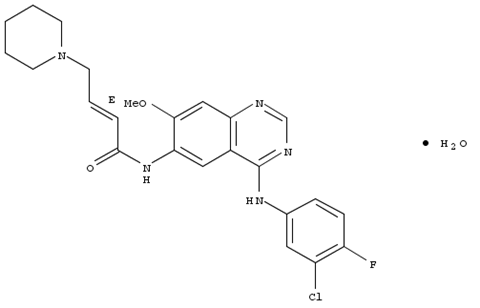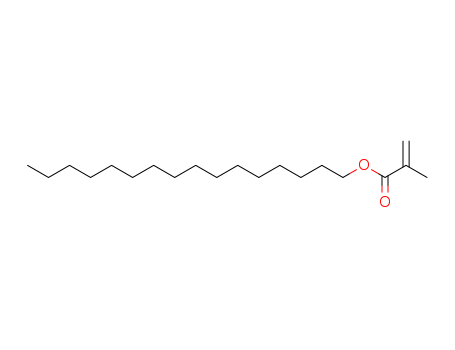Quick Details
- ProName: Methyl (2R,3S)-3-(4-methoxyphenyl)-2-o...
- CasNo: 105560-93-8
- Molecular Formula: C11H12O4
- LimitNum: 1 Kilogram
Superiority
Methyl (2R,3S)-3-(4-methoxyphenyl)-2-oxiranecarboxylate is an organic compound with the formula C11H12O4, and its systematic name is the same with the…
Details
Methyl (2R,3S)-3-(4-methoxyphenyl)-2-oxiranecarboxylate is an organic compound with the formula C11H12O4, and its systematic name is the same with the product name. With the CAS registry number 105560-93-8, it is also named as (2R,3S)-3-(4-Methoxyphenyl)glycidic acid methyl ester. Its EINECS number is 404-130-2. In addition, the molecular weight is 208.21.
Physical properties of Methyl (2R,3S)-3-(4-methoxyphenyl)-2-oxiranecarboxylate are: (1)ACD/LogP: 0.902; (2)# of Rule of 5 Violations: 0; (3)ACD/LogD (pH 5.5): 0.90; (4)ACD/LogD (pH 7.4): 0.90; (5)ACD/BCF (pH 5.5): 2.85; (6)ACD/BCF (pH 7.4): 2.85; (7)ACD/KOC (pH 5.5): 73.71; (8)ACD/KOC (pH 7.4): 73.71; (9)#H bond acceptors: 4; (10)#H bond donors: 0; (11)#Freely Rotating Bonds: 4; (12)Polar Surface Area: 48.06 ?2; (13)Index of Refraction: 1.534; (14)Molar Refractivity: 52.902 cm3; (15)Molar Volume: 170.081 cm3; (16)Polarizability: 20.972×10-24cm3; (17)Surface Tension: 42.7 dyne/cm; (18)Density: 1.224 g/cm3; (19)Flash Point: 129.237 °C; (20)Enthalpy of Vaporization: 53.759 kJ/mol; (21)Boiling Point: 297.721 °C at 760 mmHg; (22)Vapour Pressure: 0.001 mmHg at 25°C.
When you are using this chemical, please be cautious about it as the following:
This chemical has a risk of serious damage to eyes and may cause sensitisation by inhalation and skin contact. It is harmful to aquatic organisms as it may cause long-term adverse effects in the aquatic environment. In case of contact with eyes, you should rinse immediately with plenty of water and seek medical advice. When using it, you need to wear suitable protective clothing and gloves and avoid contact with skin. You should avoid releasing it to the environment, and you need to refer to special instructions/safety data sheet.





![(3aR,4R,5R,6aS)-4-[(1E,3R)-4-(3-Chlorophenoxy)-3-hydroxy-1-buten-1-yl]-5-hydroxyhexahydro-2H-cyclopenta[b]furan-2-one](http://file1.lookchem.com/300w/substances/2022-03-04-01/0de40f0a-3271-4f7d-8f67-229f602e5088.png)



![Methyl 3-[3-tert-butyl-5-(2H-benzotriazol-2-yl)-4-hydroxyphenyl]propionate](http://file1.lookchem.com/cas/reactions/2021/07/17/7724596.png)
